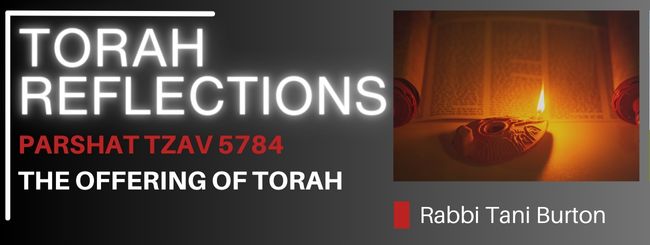בס”ד
Integrating Torah into one’s life through reflection and conversation can be an incredibly fun and engaging experience. It’s a journey of discovery, where ancient wisdom and timeless teachings come to life in our daily experiences. Through reflection, we have the opportunity to dive deep into the rich tapestry of Torah, extracting profound insights and lessons that resonate with our modern lives. The joy lies in the ‘aha’ moments, those instances when a Torah verse or story suddenly connects with our personal challenges, aspirations, and values. And when we engage in conversations about Torah with others, it becomes an interactive exploration, where diverse perspectives and interpretations enhance our understanding. These dialogues often spark excitement and intellectual curiosity, making the learning process both enjoyable and fulfilling. Torah becomes a vibrant and dynamic part of our lives, offering not just guidance but also a source of endless fascination, connection, and growth.
NOTE: Don’t feel obligated to go through every source or answer all the questions—unless you want to. Even one source, or one question will give you plenty of material for discussion and meditation. Enjoy this!
Some thoughts from the parsha
The passage from Leviticus (6:1-2) outlines instructions for the burnt offering. It suggests that engaging in the study of Torah related to the burnt offering is as spiritually meaningful as physically performing the offering. Even in the absence of the Holy Temple, Torah study serves as a spiritual accomplishing of the sacrificial rites, allowing individuals to draw benefits akin to offering sacrifices. This aligns with the concept that since the destruction of the Temple, G-d can be found within the study and practice of halacha (Jewish law).
Additionally, a connection is drawn between the Torah and sacrificial offerings, emphasizing the symbolic relationship between the sacrifices as fire-offerings and the Torah being described as a “fiery law”. Furthermore, the sacrifices are referred to as G-d’s “sustenance”, implying their essential role in sustaining existence, similar to how the Torah sustains mankind. It’s noteworthy that the burnt offering, is not exclusive to Jews; even Noahides can bring it (Genesis 8:20), underlining its universal relevance and the accessibility of spiritual connection through Torah study.
Now, consider these questions for deep personal reflection and discussion:
- How does the concept of Torah study being equated to offering sacrifices resonate with your personal approach to spirituality and devotion?
- Reflecting on the idea of finding G-d through the study and practice of religious law, how does this notion influence your understanding of divine presence in your life?
- In what ways does the imagery of sacrifices as “fiery offerings” and Torah as a “fiery law” deepen your appreciation for the spiritual intensity of religious teachings?
- Considering the analogy of sacrifices being termed G-d’s “bread” and Torah study as vital nourishment for the soul, how does this analogy inform your own spiritual practices and pursuits?
- How does the inclusivity of the burnt offering, accessible even to Noahides, shape your perspective on the universality of spiritual connection and the role of religious observance in fostering it?
Shabbat Shalom!
By Rabbi Tani Burton
© Copyright, all rights reserved. If you enjoyed this article, we encourage you to distribute it further.
Our blogs may contain texts/ quotes/references/links of
Mechon-Mamre.org, Aish.com, Sefaria.org, Chabad.org AskNoah.org
that contain copyrights and which we may use with there permission.
